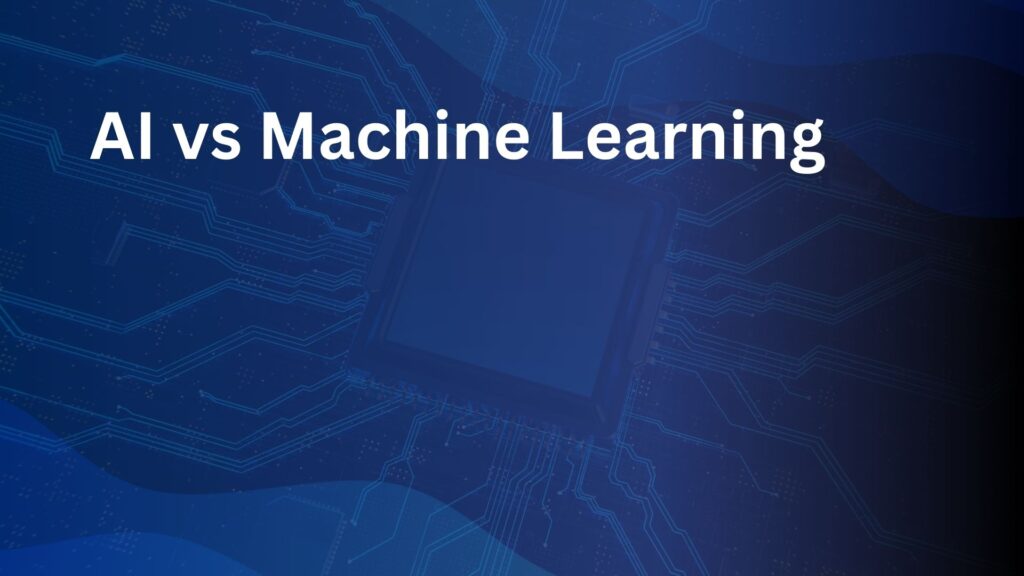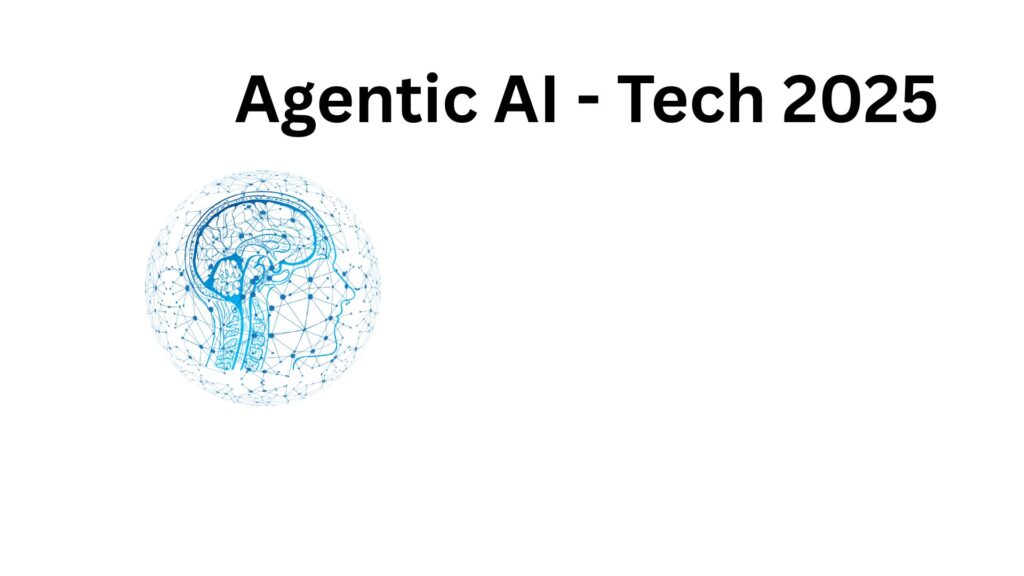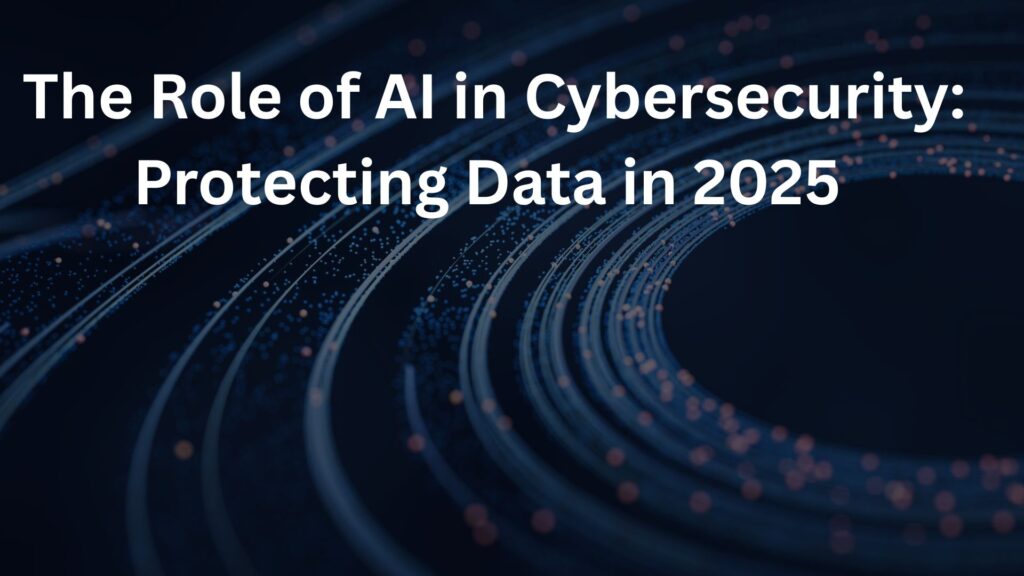In my opinion, technology is more than just innovation — it’s about how it connects, simplifies, and transforms our daily lives. I personally believe every new invention tells a story of progress and purpose, and that’s what I love exploring through my articles.
Overview
Technology in 2025 is evolving quickly, and Terms like Artificial Intelligence (AI) and Machine Learning (ML) are being used more frequently. While many people use them as if they mean the same thing, in reality, they are different but closely connected. In 2025, as both fields evolve,it’s important to understand how they work and how they are shaping our digital future.
What is Artificial Intelligence (AI)?
Artificial Intelligence is the broad concept of machines performing tasks that usually need human intelligence. These tasks include reasoning, decision-making, problem-solving, and even understanding natural language Put simply, AI is about building systems that can act in ways similar to human intelligence .
What is Machine Learning (ML)?
Machine Learning is a branch of AI that focuses on making systems learn from data. Instead of being programmed with fixed instructions, ML algorithms improve automatically when they process more information. For example, when your phone suggests words while typing or Netflix recommends movies,that’s an example of ML in action .
Key Differences Between AI and ML
1. Scope
- AI: A broader field that covers intelligence in machines.
- ML: A narrower part of AI, mainly focused on learning patterns from data.
2. Goal
- AI: To simulate human-like intelligence.
- ML: To enable machines to learn and improve without explicit programming.
3. Approach
- AI: Often uses rules, logic, or structured steps to mimic human reasoning.
- ML: Relies on data, algorithms, and statistical models to learn and adapt.
4. Output
- AI: Produces decisions or actions, often designed to solve complex problems.
- ML: Produces insights and predictions based on data patterns.
Examples of AI in 2025
- Virtual assistants that understand natural conversations.
- Smart healthcare tools helping doctors diagnose faster.
- Self-driving cars navigating city traffic.
Examples of ML in 2025
- Fraud detection systems used by banks.
- Personalized shopping experiences in e-commerce.
- Predictive maintenance in factories to reduce downtime.
Advantages and Limitations
Advantages of AI & ML
- Helps make daily tasks more efficient.
- Supports better decision-making using data.
- Personalized user experiences across apps and services.
Limitations of AI & ML
- Development and maintenance can be expensive.
- Requires access to large amounts of quality data.
- Ethical concerns, including bias and privacy risks.
Clear Example of AI vs ML
Think of AI as the big concept, while machine learning is one important part of it. For example, AI is like the “brain” that solves problems, while machine learning is the “memory” that improves from experience. A self-driving car uses AI to make decisions, but it relies on machine learning to get better at recognizing roads, traffic signs, and pedestrians.This example makes the difference easier to understand .
Closing Notes
AI and ML may sound similar, but they play different roles in shaping technology. In 2025, AI remains the larger vision of building smart machines, while ML continues as a powerful way to teach those machines.Together, they play key roles in shaping the future of technology .
If you enjoyed this article, you may also like my previous post: [ https://techhorizonpro.com/the-future-of-ai-in-healthcare-opportunities-and-risks/]
Written by Muhammad Zeeshan — a passionate tech enthusiast who loves exploring how innovation, AI, and digital tools are shaping the modern world.
I write with curiosity and clarity, aiming to make complex technology simple and useful for everyone.
If you enjoyed this post, check out my latest article for more insights on emerging tech trends and future innovations.




Pingback: AI in Cybersecurity: Protecting Data in 2025